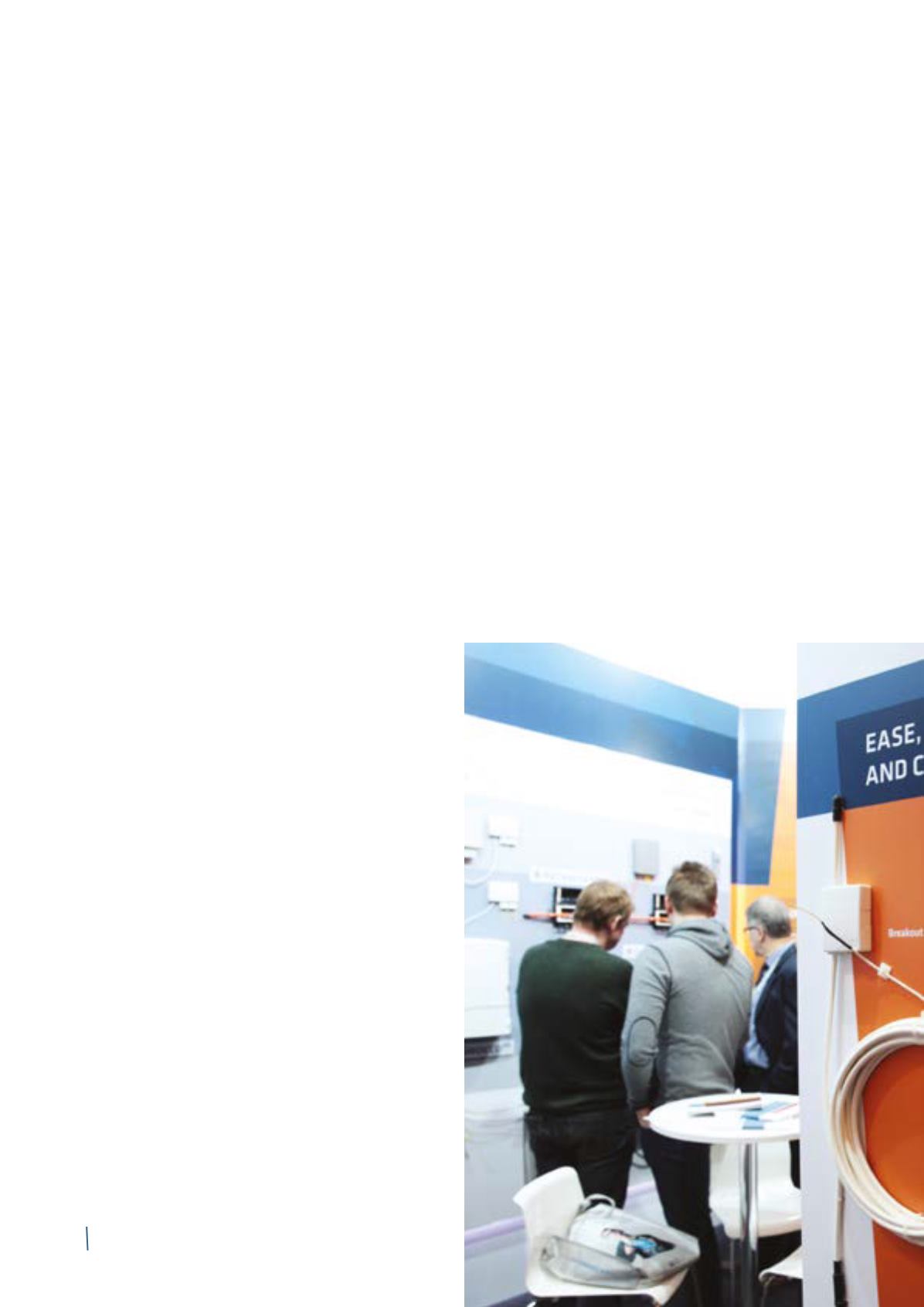

Consolidated Financial Report |
DIRECTORS’ REPORT
2014 Annual Report
Prysmian Group
66
Market Overview
Although the global optical fibre cables market grew in
2014 there were large regional differences. In fact, demand
reported growth in fast-developing markets (China) and
those with high communication infrastructure needs (India),
along with recovery in Europe. In France and Spain, projects
to extend residential broadband access, in accordance with
the European Digital Agenda's targets, played a crucial role
in this positive turn of events. Even in Central Europe the
distribution of bandwidth via xDSL and G.FAST technologies,
using the last metres of the existing copper network, entails
a modification of the distribution network that requires huge
volumes of optical cables. In Brazil, volumes increased slightly
in 2014 on the previous year, even though the benefits of
the government's fiscal incentives in support of investment
were less than expected. North America recorded a recovery
in demand after the steep drop in 2013 with the ending of
government incentives. The revival in demand also appears to
have accelerated a volume recovery in Asia as well.
In parallel with the traditional activities of developing the
fixed network, 2014 was marked by the consolidation of
wireless technologies (4G, LTE) which require the installation
of optical backbones to power antennae located across the
territory. Mobile technology is experiencing a period of sig-
nificant growth both in developing countries, pending highly
expensive investments in fixed network infrastructure, and in
mature countries where demand for broadband on portable
devices is constantly growing.
The Access/Broadband/FTTx market grew in 2014, mainly
in Europe and North America, with demand driven by the
development of optical fibre communication infrastructure. In
addition to cables, this segment comprises a varied portfolio
of accessories for fibre connection. However, the still relatively
lowmaturity of these products implies wide market differenc-
es between the various geographical areas.
The copper cables market continued to slow not only because
of the economic downturn in the past two years, causing some
major operators to scale back their larger investment projects,
but also because of product maturity. The decline in this
market was increasingly evident in 2014, with high demand for
internet access causing major operators to choose to renew
their networks using optical fibre, rather than perform main-
tenance or upgrade work on existing networks.
TheMMS cablemarket posted a slight global growth, with Asia
and South America making a larger contribution than Europe
in both the copper and optical cable segments. Demand
growth is being generated by the demand for ever greater
bandwidth capacity in professional and office environments
and data centres. Interestingly, this phenomenon occurs both
in new buildings, and in projects to renovate existing ones. An
important contribution to this growth is coming from indus-
trial applications that require new highly specialised products.
Another important channel is represented by HDTV cables
used for the broadcast of digital content such as sports events
or other events covered by the media.
Although the global optical fibre cables market grew compared with the previous year, there
were large regional differences. The year was also marked by the consolidation of wireless
technologies (4G, LTE) requiring the installation of optical backbones to power antennae
located across the territory.



















